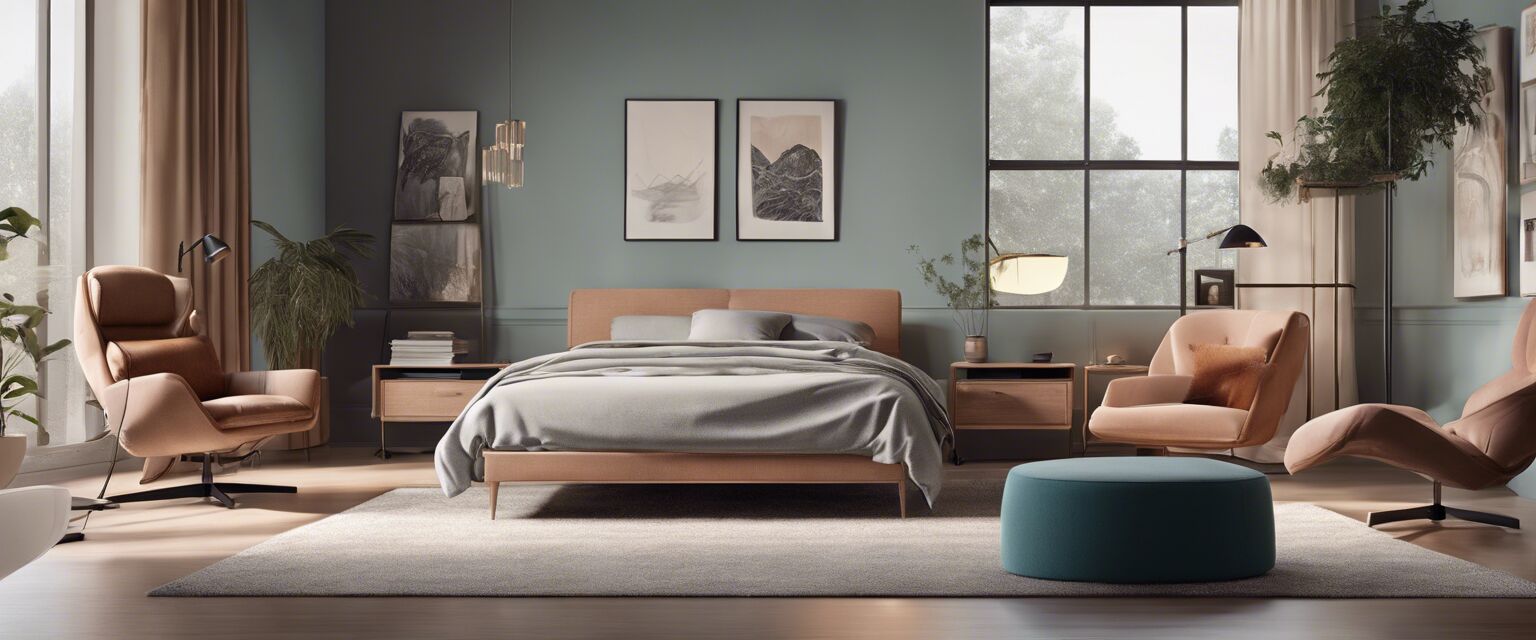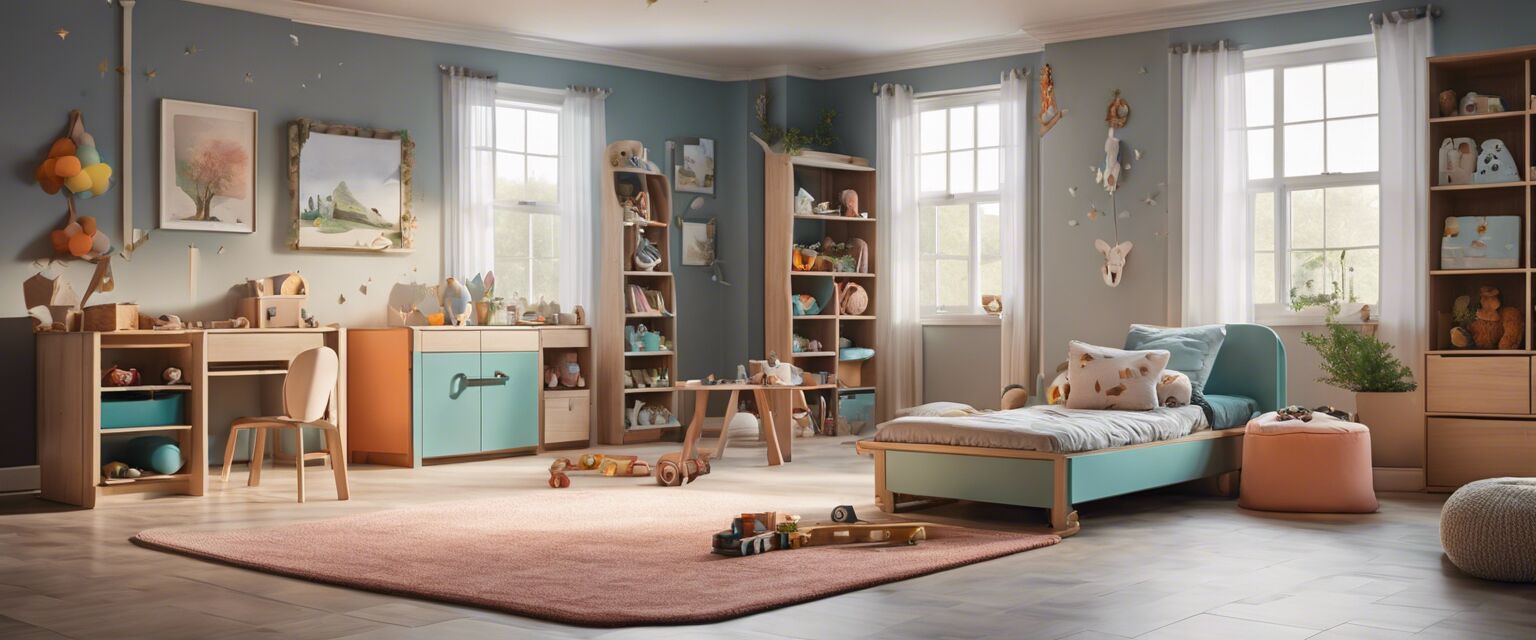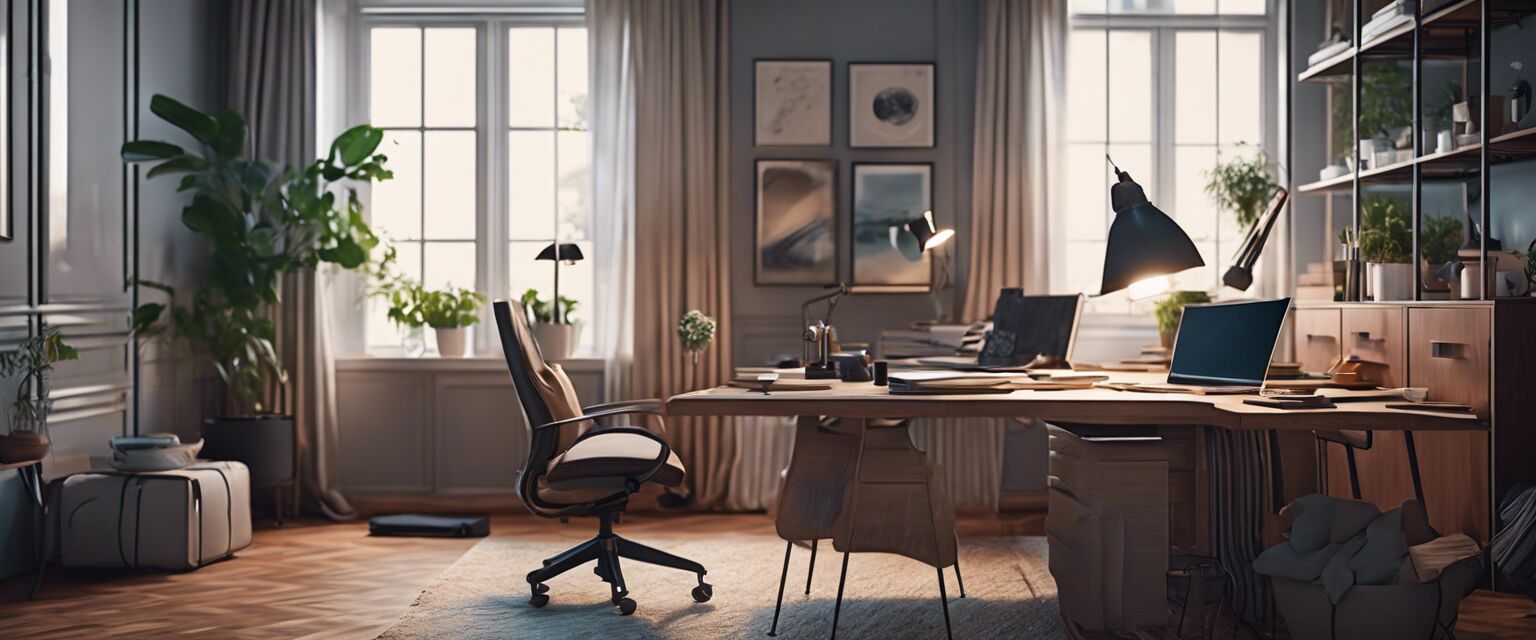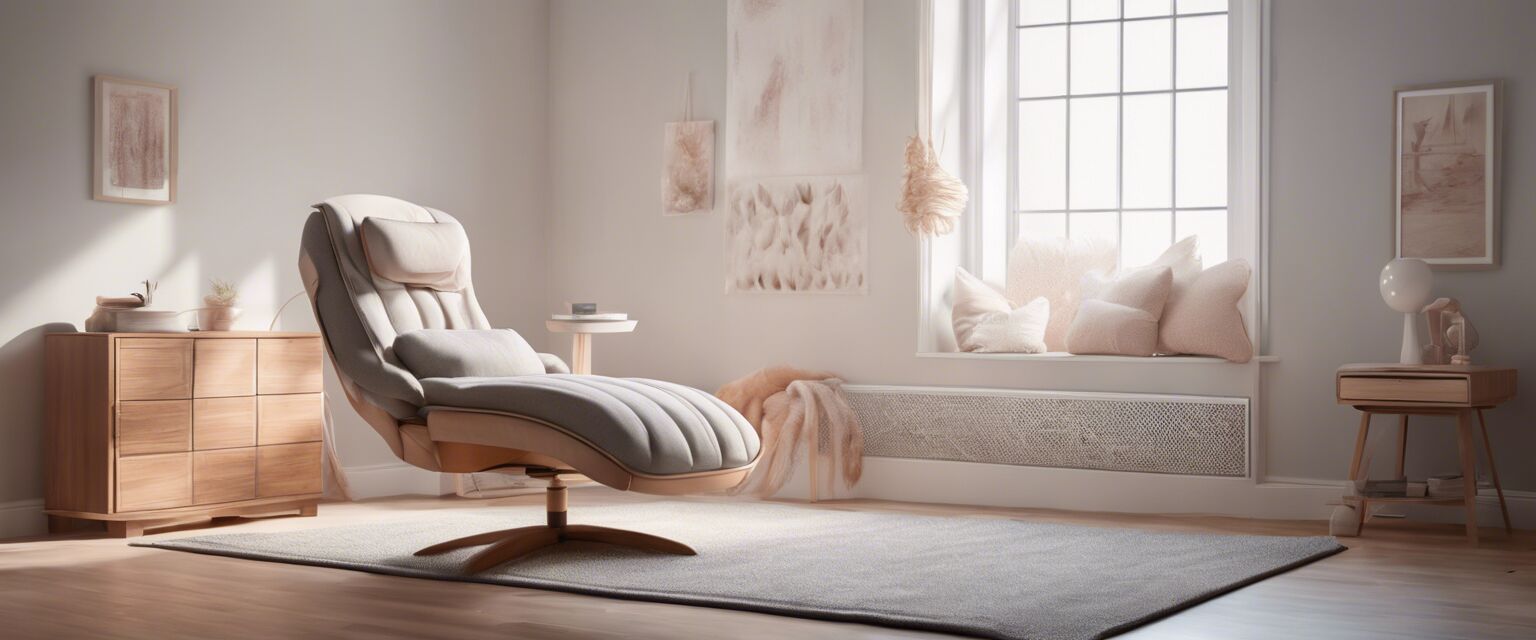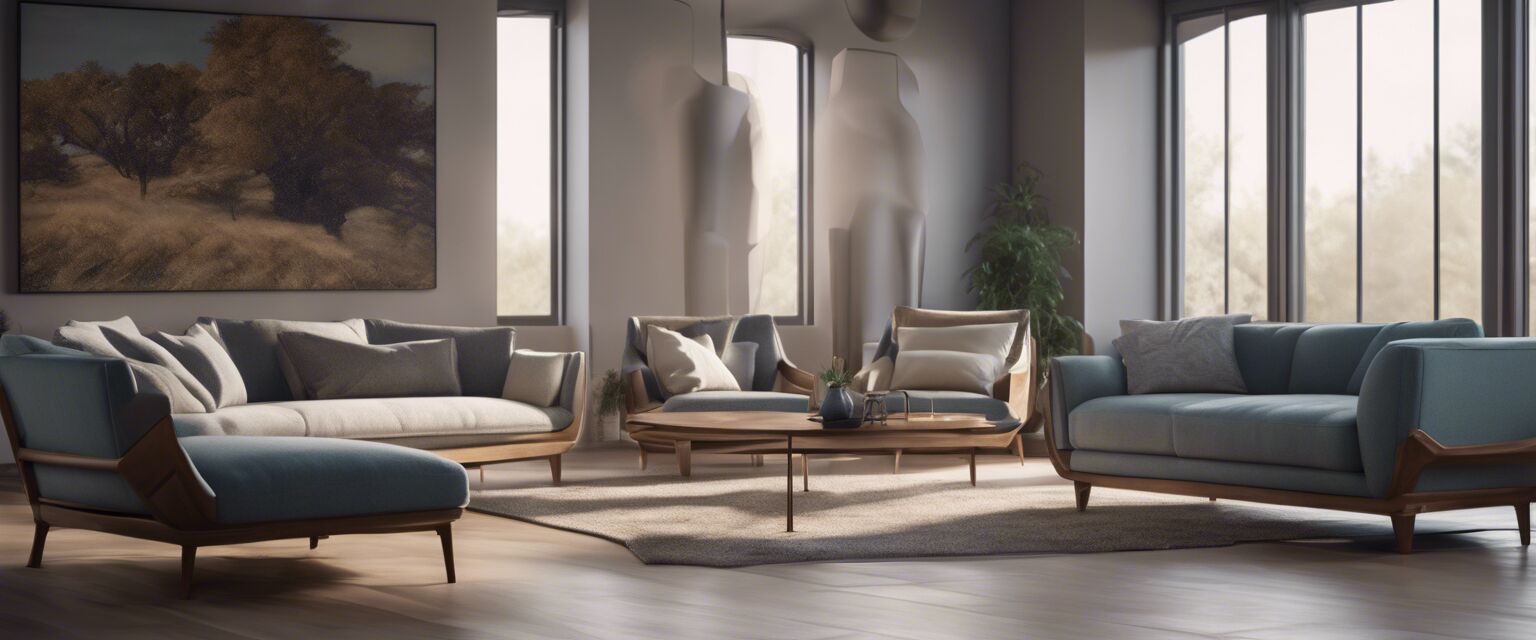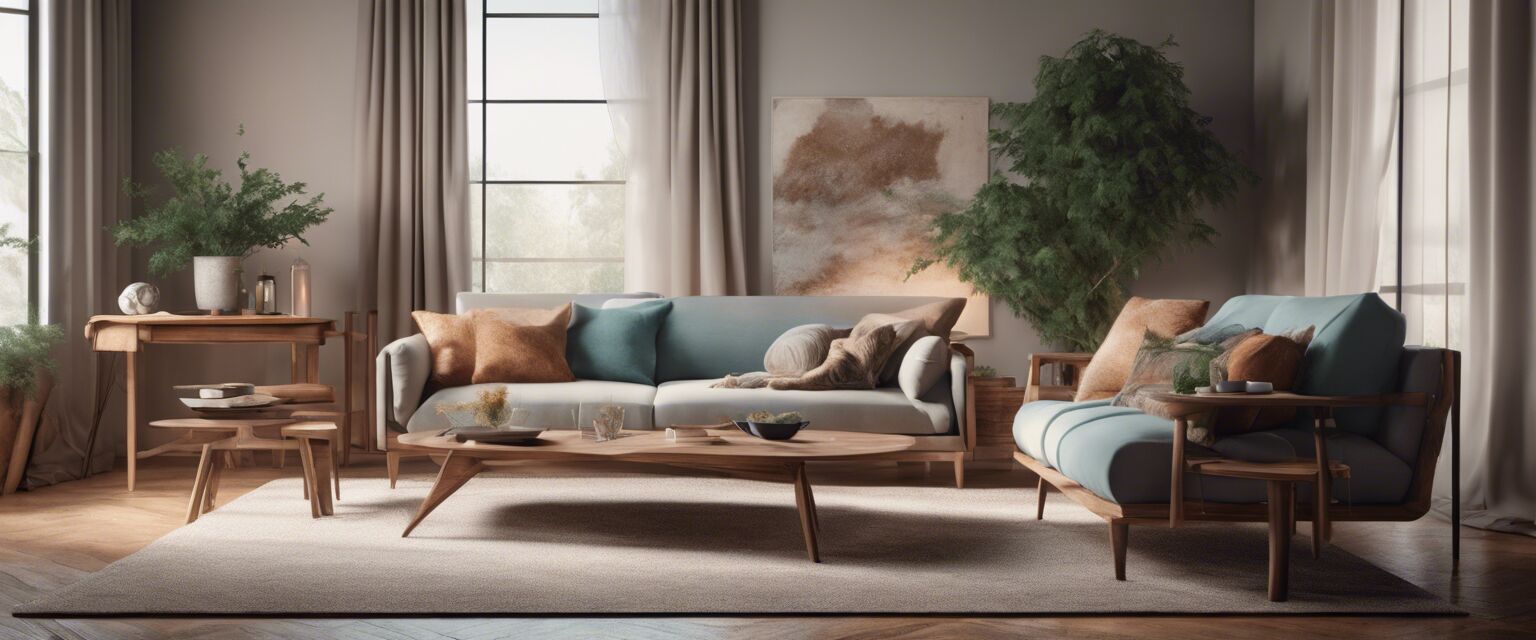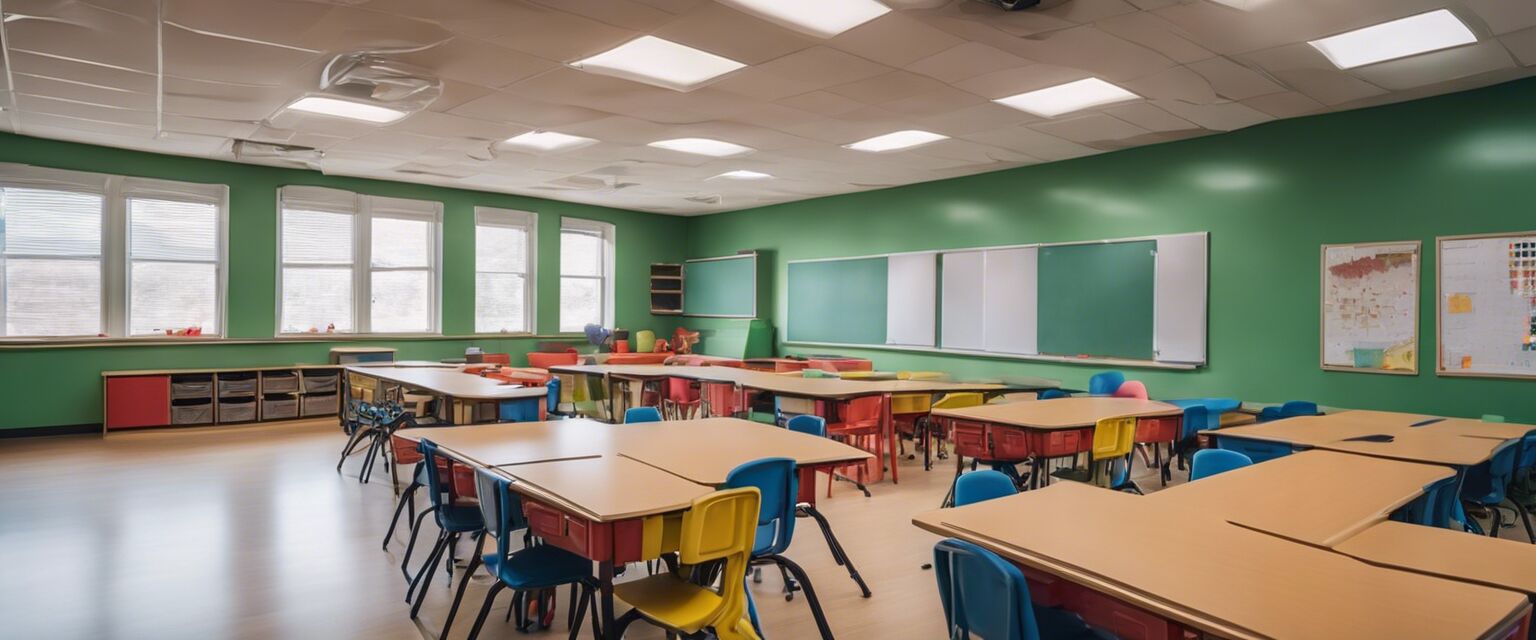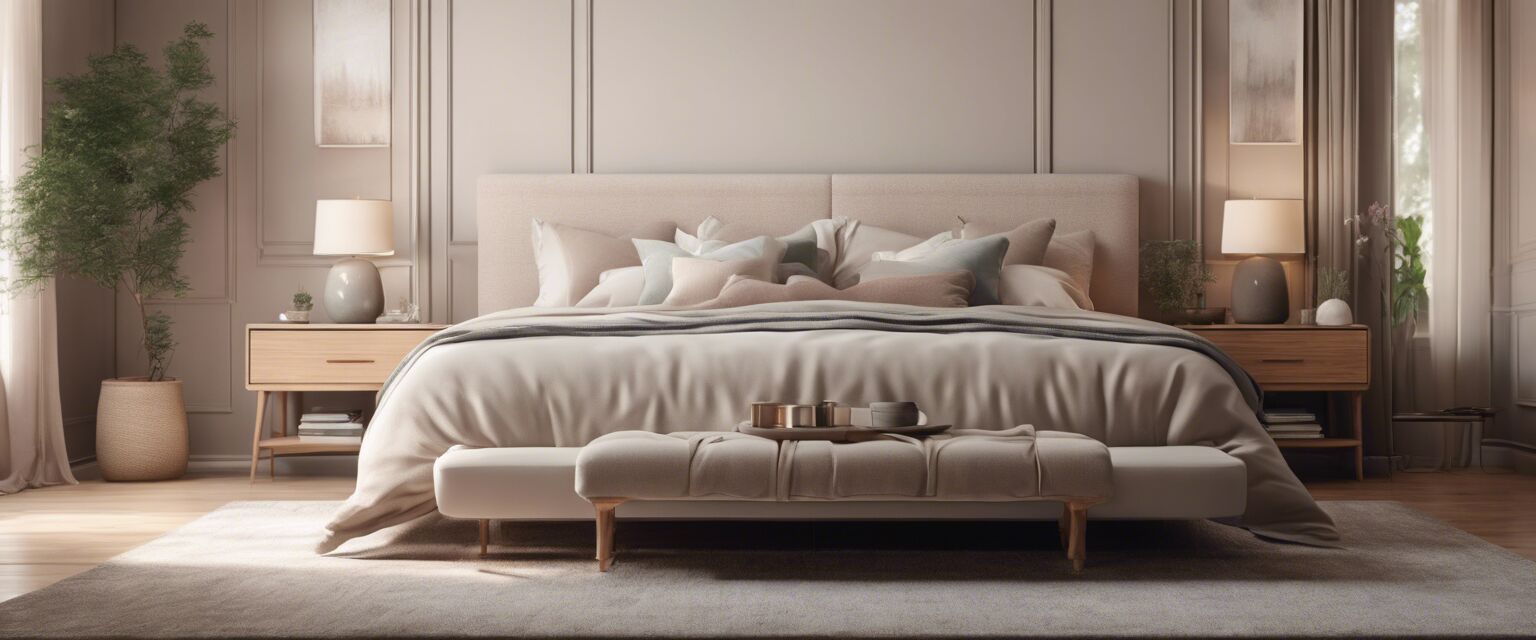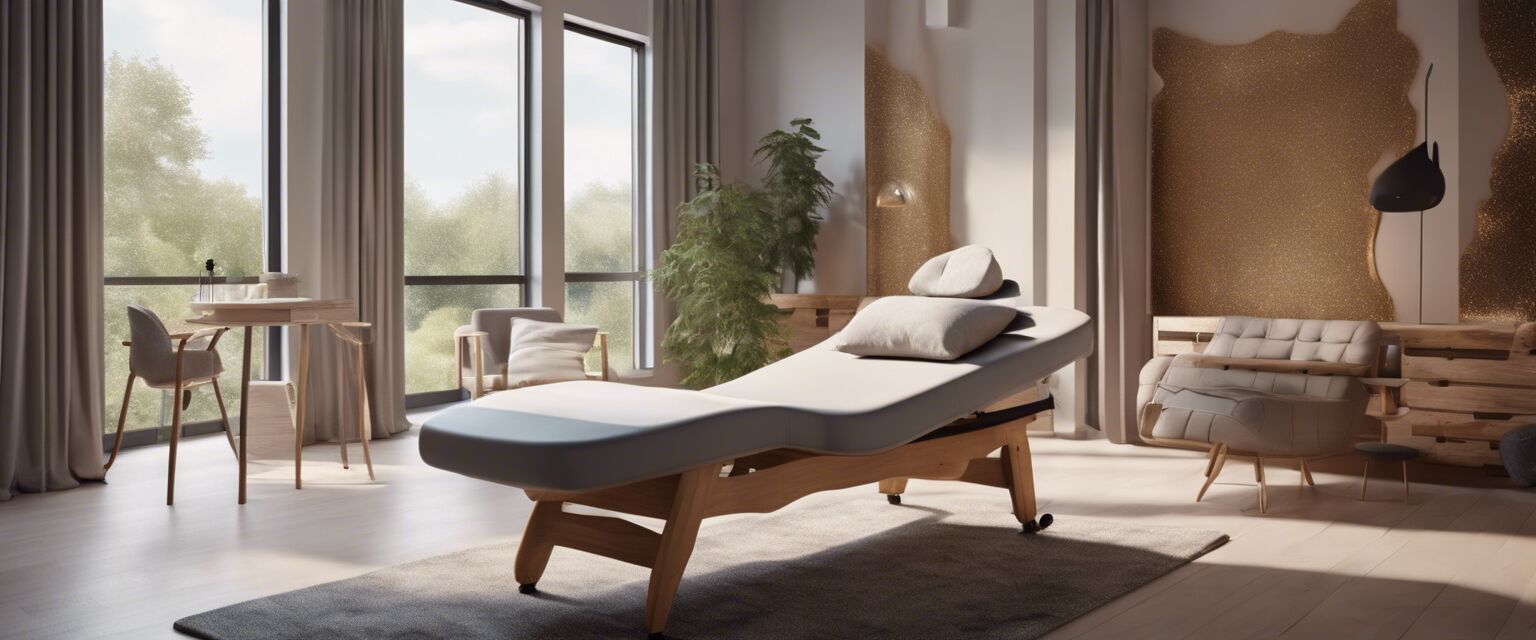
Therapy room furnishings
Key Takeaways
- Creating a sensory-friendly therapy room requires specific types of furniture.
- Prioritize comfort and ergonomics to meet sensory needs.
- Include calming, sound-absorbent materials to enhance the environment.
- Furniture should be easily arranged and versatile for various activities.
Setting up a sensory-friendly therapy room can make a significant difference in the experience for those who use it. Choosing the right furniture is crucial for creating a calming and comfortable atmosphere. In this article, we will explore essential furniture options that cater to the sensory needs of individuals, particularly those with autism.
Essential furniture for a sensory-friendly therapy room
When designing a therapy room, it's important to consider furniture that not only looks great but also serves a specific purpose in creating a soothing environment. Below are the key categories of furniture you should consider.
| Furniture Type | Description |
|---|---|
| Calming beds | Specially designed beds that provide a sense of security and comfort for relaxation or sleep. |
| Ergonomic desks | Desks that support a comfortable posture, ideal for therapy activities that involve writing or drawing. |
| Sensory chairs | Chairs that provide both comfort and support, tailored for sensory needs. |
| Sensory tables | Tables designed for hands-on activities, promoting engagement and creativity. |
| Quiet room accessories | Items like sound-absorbing panels and calming textures that enhance the therapy environment. |
| Therapeutic sofas | Comfortable seating options that invite relaxation and social interaction. |
Choosing the right calming beds
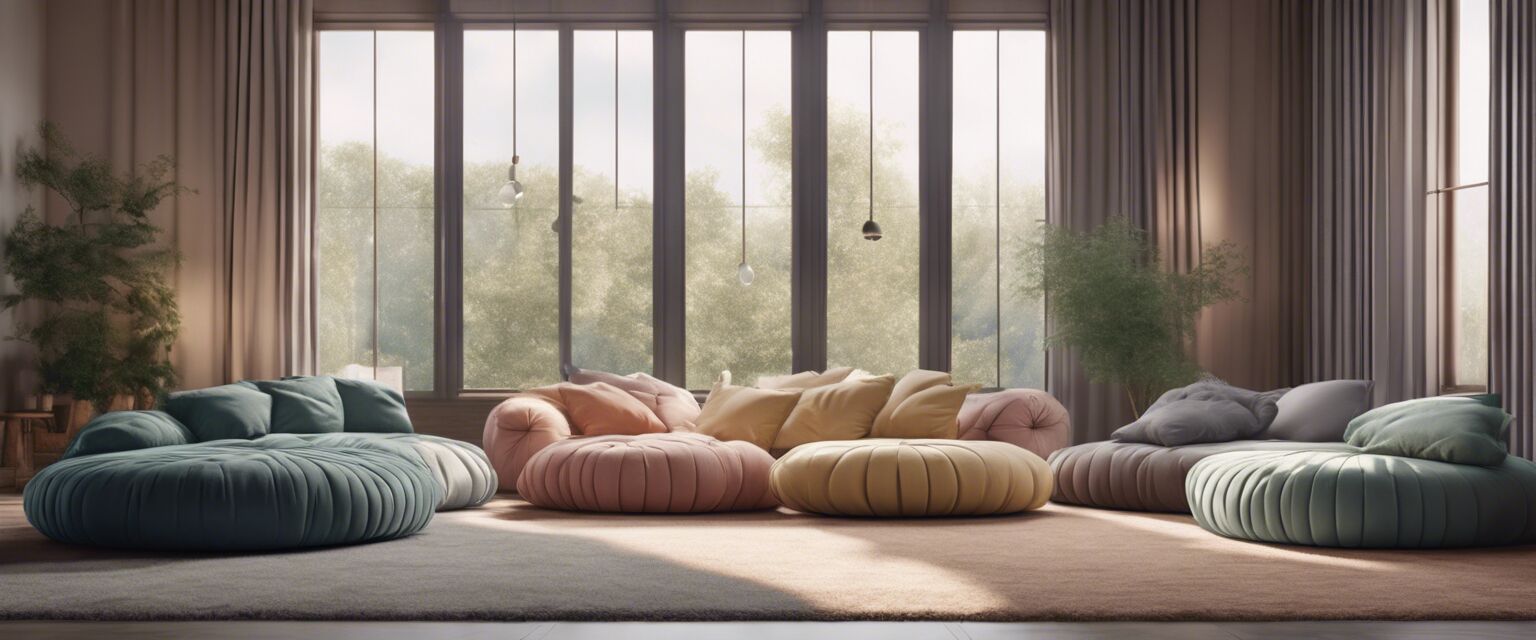
Calming beds are a central piece in a sensory-friendly therapy room. They help create a soothing space conducive to relaxation. Here are some crucial points to consider when selecting calming beds:
- Look for options with supportive mattresses that help in maintaining correct posture.
- Choose materials that are soft and easy to clean.
- Opt for calming colors that promote relaxation, such as soft blues and greens.
Ergonomic desks for various activities
An ergonomic desk can support various activities that may occur in a therapy session. Whether it is drawing, writing, or interactive play, it is important to consider:
- Adjustable height features to meet the needs of users.
- Stable construction ensuring safety and durability.
- Different styles that can fit different room layouts.
The importance of sensory chairs
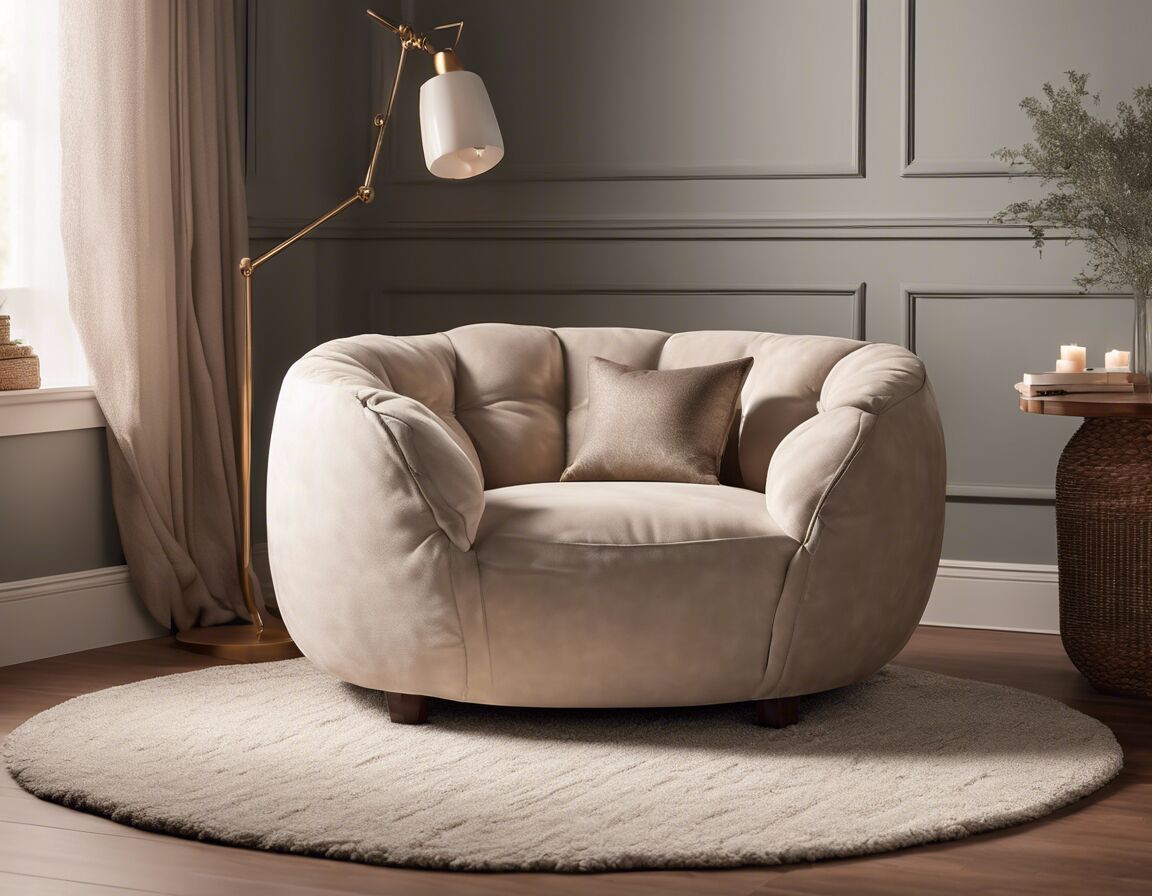
Sensory chairs provide essential support during therapy sessions. They can help users feel secure while allowing for movement. Consider these features when selecting sensory chairs:
- Stability, ensuring users can sit without tipping over.
- Comfortable cushioning, enabling extended use without discomfort.
- Attractive designs to foster a welcoming environment.
Quiet room accessories
Adding sound-absorbing elements
In a therapy room, minimizing distractions is key. Sound-absorbing elements can greatly enhance the environment. These can include:
- Wall panels designed to reduce noise.
- Soft furnishings like cushions that absorb sound.
- Textured materials that provide sensory feedback.
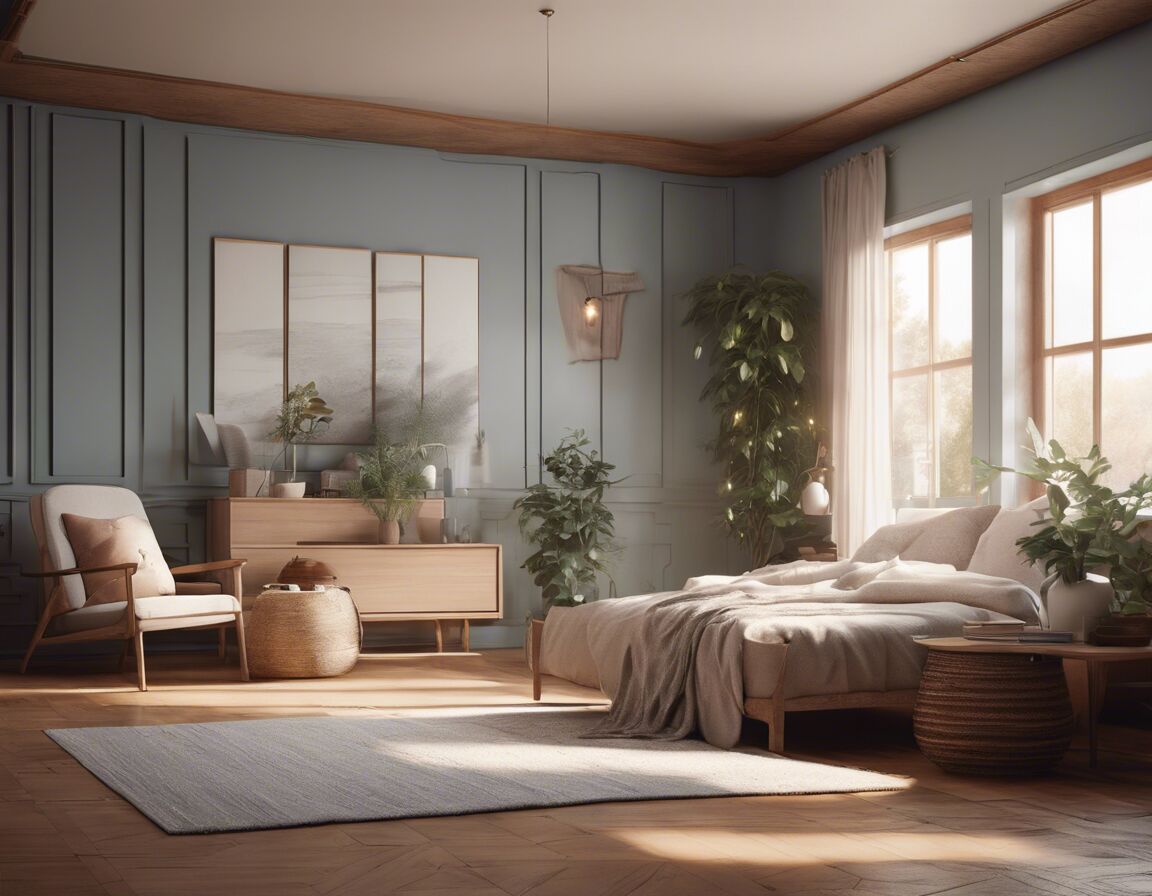
Designing an adaptable therapy room
Flexibility is vital in a therapy room. Here are some design tips to create an adaptable space:
- Choose modular furniture that can be easily rearranged.
- Select multi-functional pieces that serve more than one purpose.
- Incorporate storage solutions that keep the room tidy.
Maintaining a sensory-friendly atmosphere
Once the furniture is in place, it's important to maintain the calming atmosphere. Here are some ways to achieve this:
- Regularly clean and inspect furniture for wear and tear.
- Rotate accessories and artwork to keep the environment fresh and engaging.
- Monitor noise levels and encourage quiet activities.
Pros
- Improves comfort and focus during therapy sessions.
- Enhances the overall environment with thoughtful design.
- Fosters a welcoming space for individual and group activities.
Cons
- Initial investment may be higher for high-quality furniture.
- Requires regular maintenance to ensure longevity.
Conclusion
Creating a sensory-friendly therapy room involves thoughtful consideration of furniture that caters to the sensory needs of users. From calming beds to ergonomic desks and sensory chairs, each piece plays a pivotal role in crafting an environment conducive to relaxation and development. By focusing on the specific needs and preferences of individuals, you can create a space that not only looks inviting but also supports well-being.
Tips for beginners
- Start with a basic furnishing layout, then adjust as needed.
- Consider consulting with a sensory-friendly design expert.
- Explore different types of furniture before purchasing to ensure the best fit for the room.
